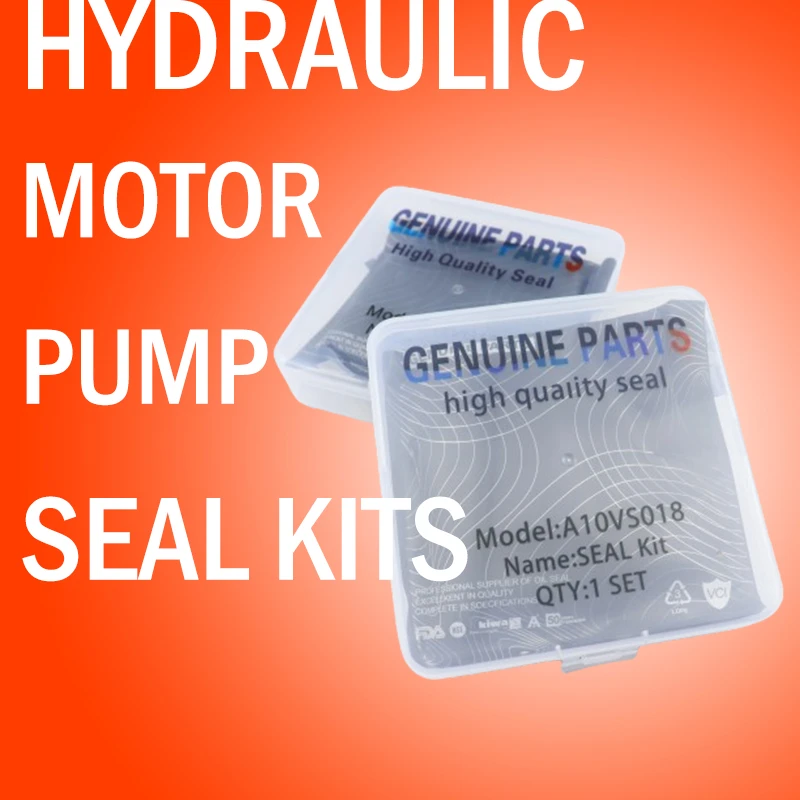کانونی یەکەم . 06, 2024 08:24 Back to list
hydraulic seal
Understanding Hydraulic Seals Essential Components for Fluid Power Systems
Hydraulic seals are critical components in hydraulic systems, playing a pivotal role in maintaining the integrity and efficiency of fluid power applications. They are designed to prevent fluid leakage, retain lubrication, and protect against contamination. Given their importance, understanding the various types and applications of hydraulic seals is essential for engineers, technicians, and anyone involved in the maintenance and operation of hydraulic systems.
What Are Hydraulic Seals?
Hydraulic seals are mechanical devices that create a barrier between two surfaces to prevent the escape of hydraulic fluid. These seals are employed in various hydraulic equipment, including pumps, cylinders, and valves. The primary function of a hydraulic seal is to create a tight fit that can withstand high pressures and dynamic movements, ensuring minimal fluid loss and maximum system performance.
Types of Hydraulic Seals
There are several types of hydraulic seals, each tailored for specific applications
. The most common types include1. O-Rings These are circular cross-section seals that are widely used due to their simplicity and effectiveness. O-rings can be used in static and dynamic applications and are suitable for a range of fluids and pressures.
2. Rod Seals Specifically designed for hydraulic cylinders, rod seals prevent fluid from leaking past the rod while allowing it to slide smoothly in and out of the cylinder. They are critical for maintaining pressure and performance in hydraulic actuators.
3. Piston Seals These seals are used on the piston of hydraulic cylinders to keep the hydraulic fluid inside the cylinder. Piston seals handle both the pressure of the fluid and the motion of the piston.
hydraulic seal

4. Backup Rings Used in conjunction with O-rings, backup rings provide additional support to prevent the O-ring from extruding under high pressure. They help to extend the life of seals in high-pressure applications.
5. Lip Seals Often used in rotating applications, lip seals feature a flexible lip that maintains contact with the shaft, preventing fluid leaks.
Materials Used in Hydraulic Seals
The choice of material for hydraulic seals is crucial, as it impacts their performance, lifespan, and suitability for specific applications. Common materials include
- Nitrile Rubber (NBR) Excellent for oils and water-based fluids, NBR is one of the most widely used materials for O-rings and other seals. - Fluoroelastomer (FKM) Known for its high-temperature resistance and chemical compatibility, FKM seals are ideal for extreme environments. - Polyurethane This material is robust and wear-resistant, making it suitable for piston and rod seals in heavy-duty applications.
Importance of Proper Seal Selection and Maintenance
Selecting the right hydraulic seal for an application can significantly impact system performance and reliability. Factors such as fluid type, temperature, pressure, and the nature of the movement (static or dynamic) must be considered. Additionally, regular maintenance is essential to ensure seals remain in optimal condition. This includes monitoring for signs of wear, ensuring proper installation, and replacing seals promptly when they show signs of degradation.
Conclusion
In summary, hydraulic seals are integral to the functionality of hydraulic systems. With various types tailored for specific applications and made from different materials to suit diverse environments, understanding hydraulic seals is crucial for anyone dealing with hydraulic technology. Proper selection and maintenance of these seals not only enhance the performance and reliability of hydraulic systems but also contribute to overall operational efficiency, reducing downtime and maintenance costs. As hydraulic systems continue to evolve with technological advancements, the role of hydraulic seals will remain fundamental in supporting the efficiency and sustainability of fluid power applications.
-
Unlocking the Potential of Hydraulic Systems with Essential Sealing Solutions
NewsAug.06,2025
-
Unleash the Power of Your Hydraulic Systems with Our Premium Seal Kits
NewsAug.06,2025
-
Specialized Hydraulic Seal Kits for Breakers, Pistons, and Presses
NewsAug.06,2025
-
Revitalize Hydraulic Systems with Premium Repair and Seal Kits
NewsAug.06,2025
-
Fortify Your Cylinders with Premium Sealing Solutions
NewsAug.06,2025
-
Elevate Hydraulic System Reliability with Specialized Seal Kits
NewsAug.06,2025
-
TCN Oil Seal Metal Ring Reinforcement for Heavy Machinery
NewsJul.25,2025
Products categories
















